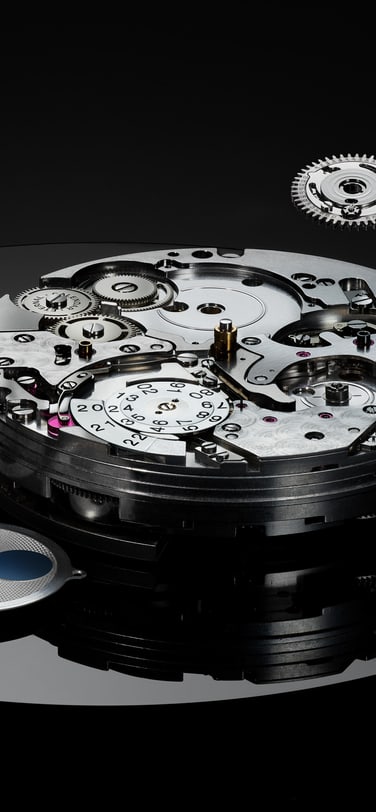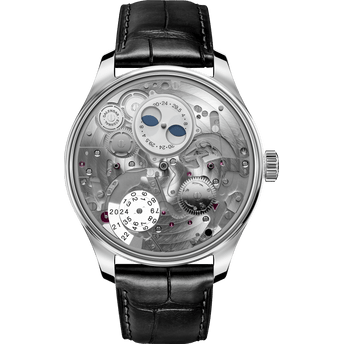Haute Horlogerie
A Tribute to Eternity
Portugieser Eternal Calendar
An intricate mechanism, reaching further into the future than ever before – capturing the beauty of time and eternity.
A watch that precisely reproduces the Gregorian calendar’s complex rules, irregularities and exceptions – for thousands, even millions of years to come.
We are building on our comprehensive expertise in engineering mechanical calendars - and pushing the boundaries in watchmaking once again.

The Portugieser Eternal Calendar
IWC Schaffhausen’s first secular perpetual calendar automatically takes into account the Gregorian calendar’s leap year exception rules by skipping three leap years over 400 years. It also features a moon phase display with an accuracy of 45 million years.
